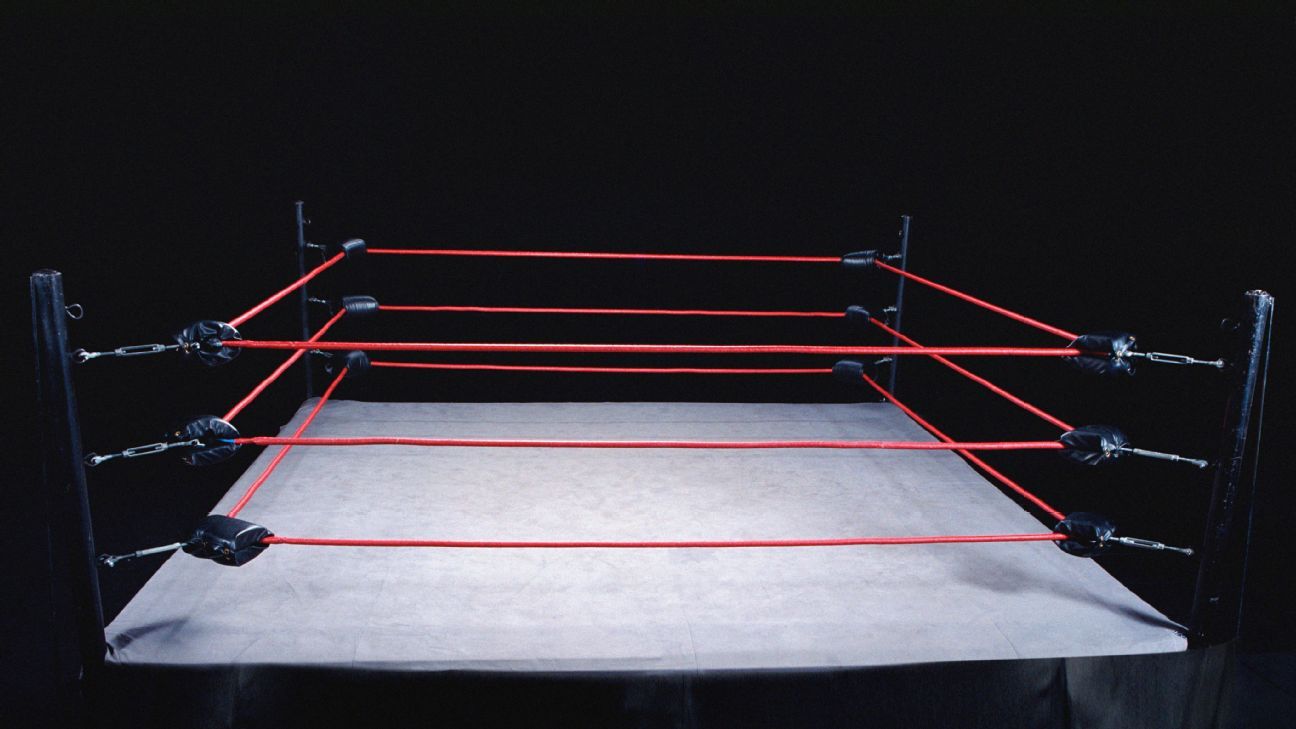Wimbledon Marks Historic Shift to Electronic Line Calling

New Delhi: The Wimbledon Championships, known for its rich history and tradition, is undergoing a significant transformation as it permanently replaces the iconic line judges with Electronic Line Calling (ELC). This monumental change will take effect when play resumes on Monday, June 30, at the All England Lawn Tennis and Croquet Club, marking an unprecedented moment in the tournament's 148-year history.
Line judges, who have long been a fixture on the courts, will no longer be present, their roles effectively phased out since 1996 when an automatic system first replaced the net cord umpires. Fans will no longer witness dramatic reactions from players fueled by contentious line calls, such as legendary outbursts from John McEnroe or the emotional gestures of players like Fabio Fognini. The familiar sounds of animated calls from humans will give way to the mechanical monotone of machines announcing calls of “out” or “fault,” even during the most intense moments of a fifth-set tiebreak.
This shift places Wimbledon in alignment with other major tournaments such as the Australian Open and the US Open, both of which have adopted ELC in recent years. However, the French Open will remain the last Grand Slam to continue utilizing line judges, as the clay surface allows for visible marks from the ball. The transition means a significant reduction in the tournament's usual roster of 300 line judges, with only 80 “match assistants” remaining. These assistants will support chair umpires and be ready to step in should the ELC system fail.
Sally Bolton, the Chief Executive Officer of the All England Lawn Tennis Club (AELTC), addressed the transition at a media briefing, noting that many judges likely anticipated this change given the technological advancements in the sport. Bolton expressed appreciation for the commitment shown by line umpires over the years and highlighted that many will continue to be involved in the Championships in their new roles as match assistants. She stated, “The time is right for us to move on,” emphasizing the importance of valuing the contributions of line umpires while adapting to modern technology.
Wimbledon has a long history with technological integration, having embraced ball tracking and line technology for over 15 years. The introduction of the Hawk-Eye system in 2007 allowed players to challenge line calls, adding an element of excitement and drama to the matches as these challenges were displayed for fans on the big screen. However, with ELC, the need for players to make challenges will be eliminated, although they will still have the option to request a replay of decisions on the screens.
To facilitate this new system, more than 450 cameras have been installed across the Wimbledon grounds and at the nearby qualifying tournament in Roehampton. Tournament director Jamie Baker views the transition as a positive step in enhancing the visual appeal and authenticity of the Wimbledon brand. He remarked that the tournament's identity is rooted in its green grass courts and players clad in white, and focusing on these elements contributes to the event's unique atmosphere.
As Wimbledon navigates this significant change, the question remains: will the absence of line judges diminish the magic that defines this storied tournament? While some may mourn the loss of human judgment and the accompanying drama, the consensus among tournament officials is that this technological leap is a necessary evolution in the sport.





























